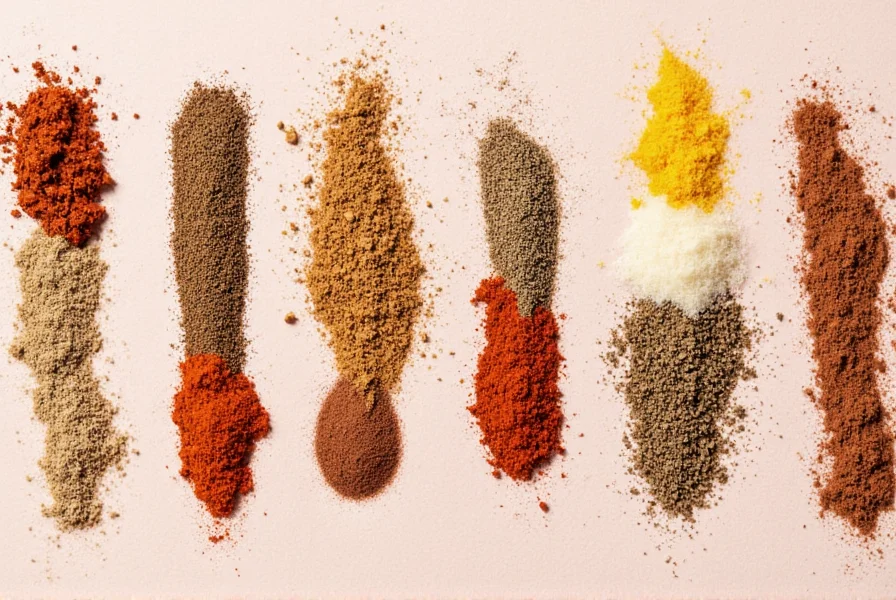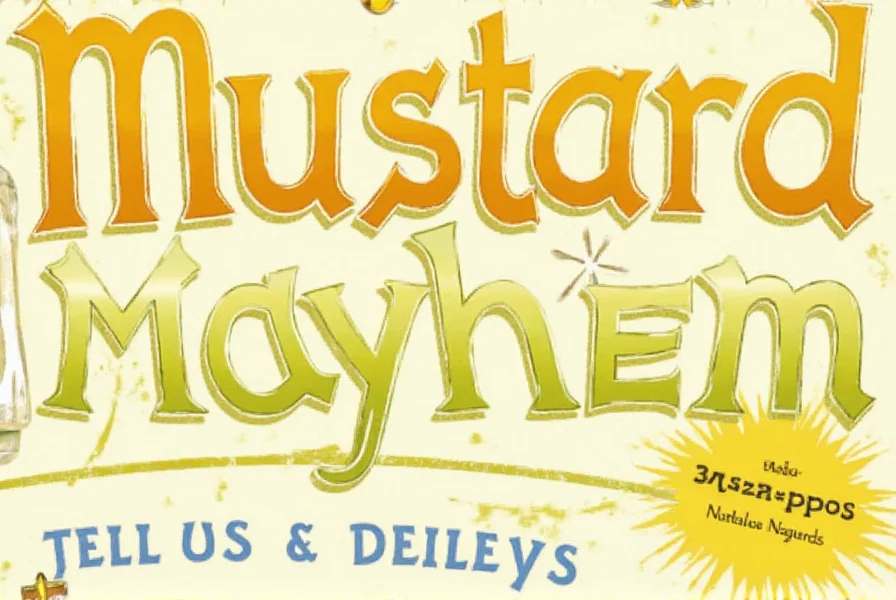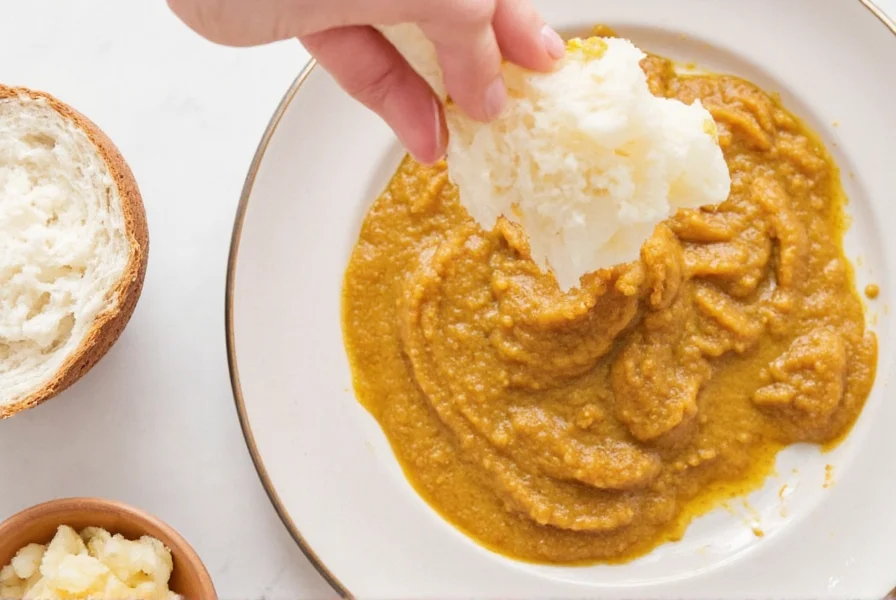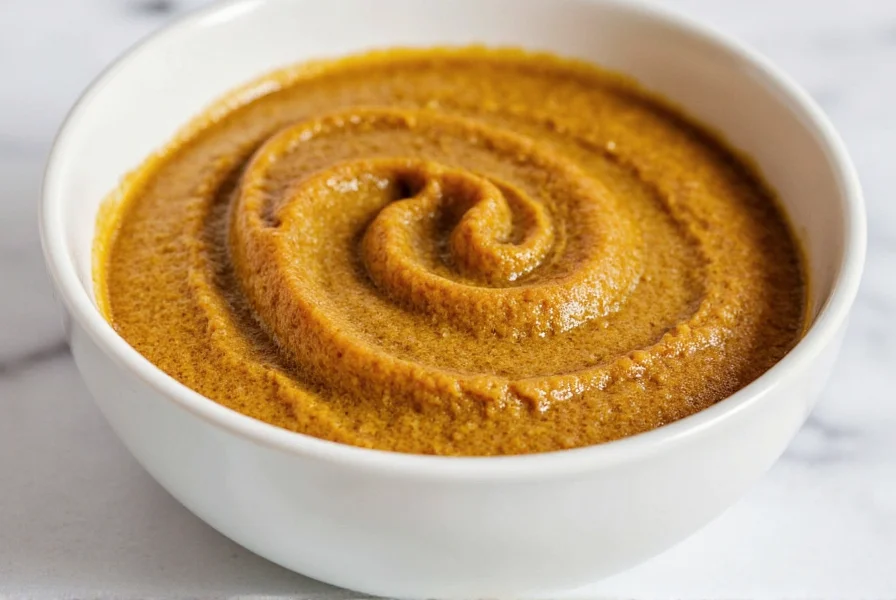Discover how brown mustard can transform your cooking with its bold, pungent flavor. This guide covers everything you need to know about brown mustard, from its unique characteristics to practical usage tips and recipe ideas.
What is Brown Mustard?
Brown mustard (Brassica juncea) is a versatile spice with a distinctive sharp, pungent flavor that sets it apart from yellow mustard. Unlike the milder yellow variety, brown mustard seeds pack a powerful punch that can elevate any dish from ordinary to extraordinary. Native to the Mediterranean region, these dark brown to black seeds are used whole or ground into paste across global cuisines, from Indian curries to German sausages and American hot dogs.

Key Characteristics of Brown Mustard
| Feature | Description |
|---|---|
| Flavor Profile | Pungent, spicy, slightly bitter with sinus-clearing heat |
| Color | Dark brown to black seeds |
| Heat Level | Significantly hotter than yellow mustard |
| Primary Uses | Cooking, condiments, marinades, pickling, sauces |
| Origin | Mediterranean region |
How to Use Brown Mustard in Cooking
Brown mustard's versatility makes it a kitchen essential. Here's how to maximize its potential:
- As a condiment: Mix ground brown mustard with vinegar, honey, and spices for a homemade sauce perfect for sandwiches, burgers, and grilled meats.
- In marinades: Add a spoonful to meat or vegetable marinades for extra flavor and tenderness. The acidity helps break down proteins.
- For pickling: Brown mustard seeds in brines give vegetables a bold, tangy flavor that complements pickled onions, cucumbers, and beets.
- In baked goods: Use ground mustard in small amounts for subtle heat in breads, muffins, and cakes.
- As a sauce base: Combine with yogurt, garlic, and herbs for a creamy, spicy dip or dressing that elevates any dish.

Buying Guide: How to Choose the Best Brown Mustard
With so many options available, here's how to select the perfect brown mustard for your needs:
Types of Brown Mustard
- Whole seeds: Ideal for grinding yourself at home. They retain maximum flavor and aroma compared to pre-ground varieties.
- Ground mustard: Convenient for quick use. Look for brands with only mustard seeds and minimal additives.
- Mustard paste: Ready-to-use versions often mixed with vinegar, water, and spices. Great for spreads and dressings.
Key Features to Look For
| Feature | Description |
|---|---|
| Ingredients | Opt for pure mustard seeds or minimal additives like vinegar and salt. Avoid artificial preservatives. |
| Origin | Look for products from regions known for high-quality mustard, such as Germany, France, or England. |
| Shelf Life | Whole seeds last 2-3 years; ground mustard 6-12 months; prepared paste 1-2 months refrigerated. |
| Heat Level | Choose mild, medium, or hot based on your preference and recipe needs. |
Recommended Products
- French Grey Poupon Whole Mustard Seeds: Rich flavor perfect for homemade mustard preparation.
- Maille Classic Brown Mustard Paste: Balanced heat and tangy flavor ideal for sandwiches and dressings.
- Stoneground Mustard from England: Traditional coarse texture with authentic, robust taste for grilling and roasting.
Mustard-Infused Recipes for Every Occasion
Spicy Mustard Glazed Chicken
This recipe showcases brown mustard's ability to tenderize meat while adding complex flavor. The acidity helps break down proteins, while the heat creates a delicious crust when baked or grilled.
Mustard Vinaigrette Salad
A simple yet bold salad dressing made with brown mustard, olive oil, vinegar, and fresh herbs. Perfect for greens, roasted vegetables, or grilled fish. The mustard emulsifies the dressing for a smooth, cohesive texture.

Mustard and Honey Baked Ham
This sweet and spicy ham is a crowd-pleaser. The brown mustard adds a nice contrast to the honey, creating a complex flavor that elevates the dish beyond ordinary holiday fare.
Frequently Asked Questions About Brown Mustard
What's the difference between brown mustard and yellow mustard?
Brown mustard (Brassica juncea) comes from darker seeds with higher oil content and more sinigrin, creating a significantly hotter, more pungent flavor compared to yellow mustard (Sinapis alba). Yellow mustard typically contains turmeric for color and is milder due to vinegar-based tang rather than seed heat. Brown mustard is commonly used in Dijon and whole-grain mustards, while yellow mustard is the standard for classic American hot dogs.
Is brown mustard spicier than yellow mustard?
Yes, brown mustard is generally 2-3 times spicier than yellow mustard. The sinigrin compounds in brown mustard seeds create a stronger, more intense heat when crushed and mixed with liquid. Yellow mustard gets most of its tang from vinegar rather than the seeds themselves. Traditional English mustard made with brown seeds produces that characteristic sinus-clearing heat that yellow mustard lacks.
How should I store brown mustard to keep it fresh?
Whole brown mustard seeds should be stored in an airtight container in a cool, dark place for 2-3 years. Ground mustard loses potency more quickly and should be used within 6-12 months. Prepared brown mustard paste should be refrigerated after opening and typically lasts 1-2 months. For longest shelf life, keep mustard away from heat, light, and moisture. Homemade mustard continues to develop flavor for about a week after preparation before reaching peak taste.
Can I substitute brown mustard for yellow mustard in recipes?
You can substitute brown mustard for yellow mustard, but be aware it will change the flavor profile. Brown mustard has a stronger, more complex taste that can overpower delicate dishes. As a general rule, use about half as much brown mustard when substituting for yellow mustard, then adjust to taste. In marinades, dressings, and hearty dishes, brown mustard often works as a 1:1 substitute and can add desirable depth. For recipes where color matters (like picnic potato salad), keep in mind that brown mustard won't provide the same bright yellow appearance as traditional yellow mustard.
Why does brown mustard get hotter when mixed with cold liquids?
Brown mustard contains enzymes that react with compounds in the seeds to create heat. When mixed with cold liquids, these enzymes remain active longer, producing more of the pungent compounds that give mustard its heat. Warm liquids deactivate these enzymes more quickly, resulting in milder mustard. This is why traditional English mustard is made with cold water for maximum heat. The heat also develops over time, which is why freshly made mustard is milder than mustard that's been sitting for several hours.
Is brown mustard gluten-free?
Pure brown mustard made only from mustard seeds, vinegar, water, and salt is naturally gluten-free. However, some commercial mustard products may contain wheat flour or other gluten-containing ingredients as thickeners. Always check the label if you have gluten sensitivity, and look for products specifically labeled gluten-free if this is a concern. Most high-quality brown mustards, especially European varieties, are naturally gluten-free since they don't require thickeners.
Conclusion
Brown mustard is a kitchen essential that transforms ordinary dishes into extraordinary culinary experiences. Its bold, pungent flavor adds depth to everything from marinades and sauces to baked goods and salads. Whether you're a professional chef or a home cook, mastering brown mustard's unique properties will elevate your cooking to new heights.

Next time you're looking to add complexity to your dishes, reach for brown mustard. Its versatility and powerful flavor make it a must-have ingredient for any serious cook or casual enthusiast.










 浙公网安备
33010002000092号
浙公网安备
33010002000092号 浙B2-20120091-4
浙B2-20120091-4